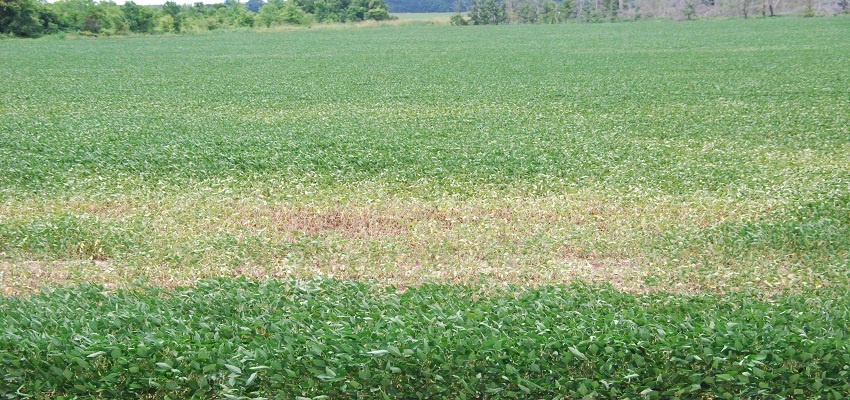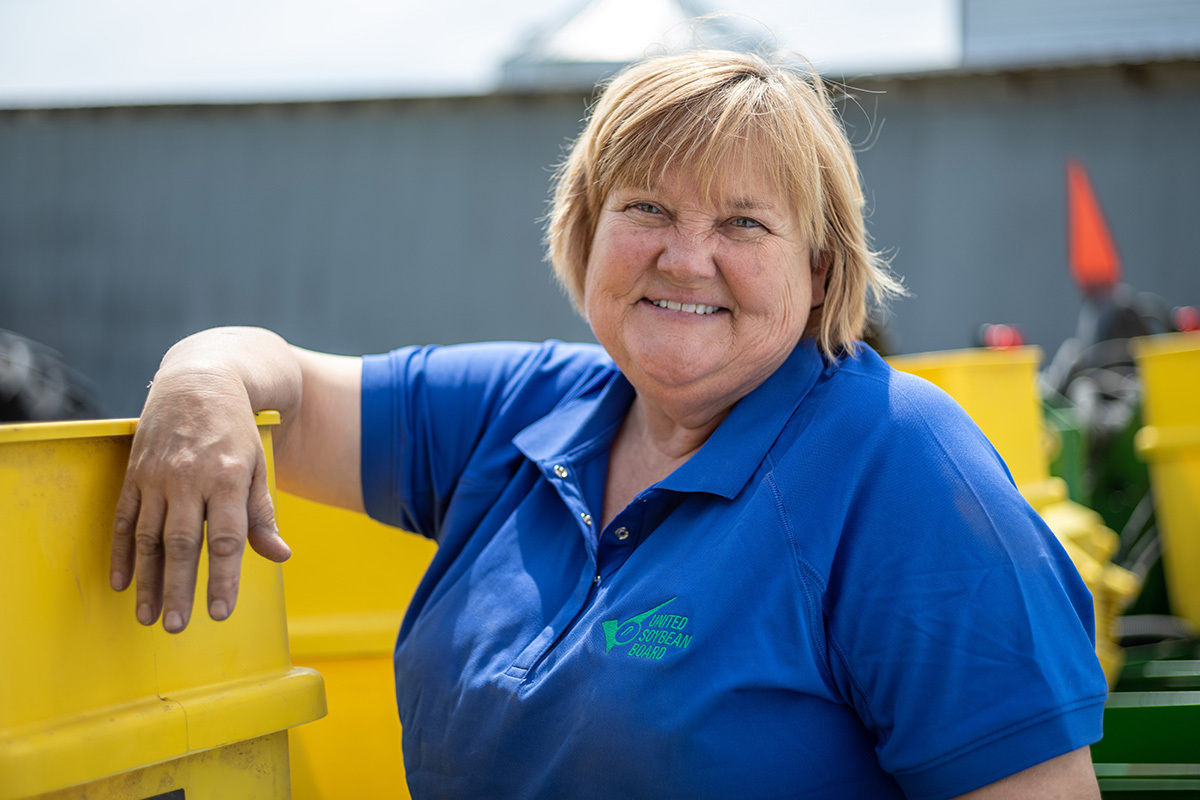Beware of Charcoal Rot in Hot, Dry Conditions

Charcoal rot is primarily known as a disease that affects southern states because it thrives in hot, dry conditions. While some soybean farmers have not experienced problems with this disease yet, even those in northern states should take note as drought-ridden summers become more prevalent.
According to Doug Jardine, Ph.D., a Kansas State University extension specialist, infection initially occurs in the spring, usually within the first three to four weeks after planting. Although charcoal rot is favored by hot, dry weather, the wetter the soil is in spring, the greater the chance for infection. The disease remains dormant during the soybean plant’s vegetative stages, but heat and drought stress during the pod-fill and pod-development stages make way for the development of the disease.
Symptoms will first occur in the driest areas of a field, such as those areas that have compacted or sandy soils, are on terrace tops or next to tree lines. Symptoms can occasionally be seen in wet spots if other root-attacking organisms, such as Phytopthora, Pythium or Soybean Cyst Nematode are infecting the plant. Due to the damage those organisms have on the root system, the plant may become stressed, causing the charcoal rot fungus to take over.
When scouting fields for charcoal rot, look for the following symptoms:
- Wilting and yellowing of the plants. In initial stages, plants will wilt during the day, but recover at night when the temperatures get lower. Over time, the length of time the plant wilts will extend until the plant can no longer recover. Eventually, plants die but leaves remain attached.
- Internal brown or black streaking of the taproot.
- Small dark black structures, known as sclerotia, on the stem at the soil line.
- Shrunken or shriveled seeds.



